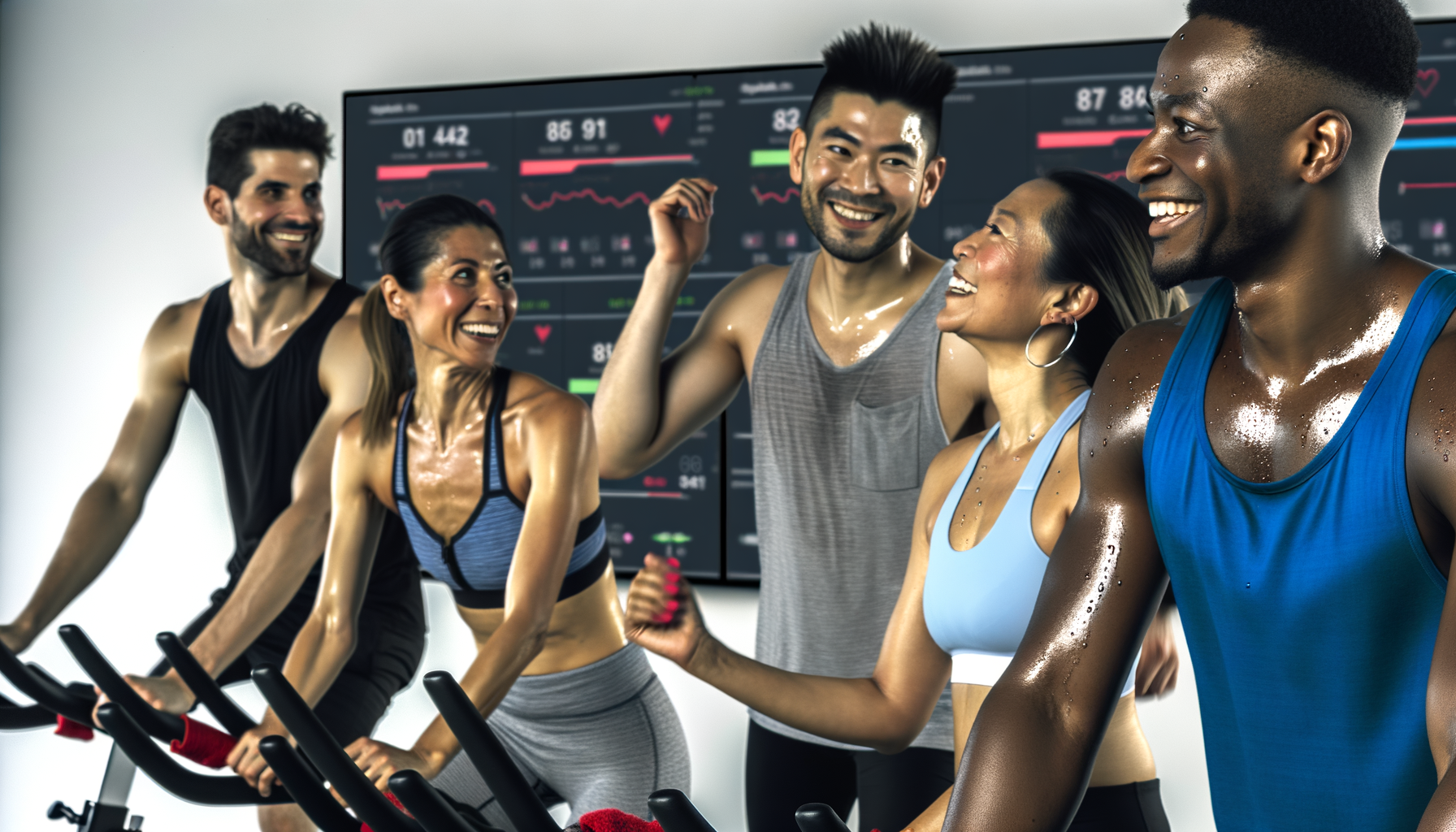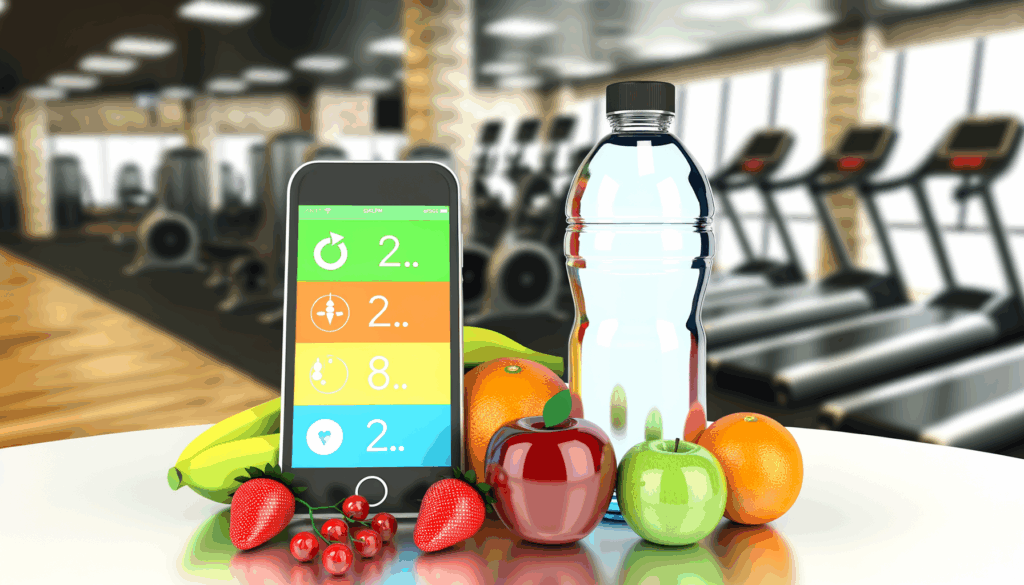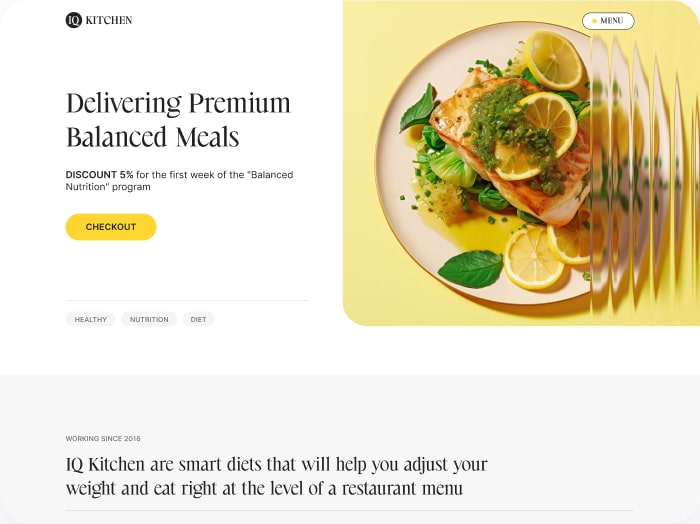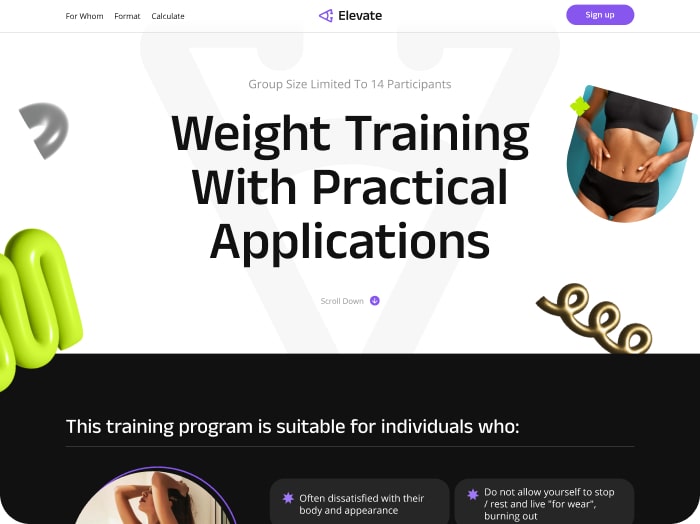Optimizing Group Fitness with Calorie Calculators
When it comes to group fitness classes, understanding and managing caloric intake is crucial for achieving health and fitness goals. Calorie calculators can be a powerful tool in this context, helping participants and instructors alike to tailor their nutrition plans effectively. Here’s how you can use calorie calculators to enhance your group fitness classes.
Understanding Basal Metabolic Rate (BMR)
The first step in using a calorie calculator is to understand your Basal Metabolic Rate (BMR). BMR is the number of calories your body needs to perform basic functions such as breathing, repairing muscle tissue, and processing nutrients. To calculate your BMR, you typically need to input your age, gender, height, and weight into a calorie calculator.
For example, if you are using Calorie Calculator Cloud, you would enter these details to get an estimate of your BMR. This value serves as a baseline to determine your daily caloric needs based on your activity level.
Adjusting for Activity Level
Once you have your BMR, you need to adjust it for your activity level. This involves multiplying your BMR by an activity factor, which varies depending on how active you are. For instance:
- Sedentary: Multiply BMR by 1.2 if you get little or no exercise.
- Lightly Active: Multiply BMR by 1.375 if you lightly exercise one to three days per week.
- Moderately Active: Multiply BMR by 1.55 if you moderately exercise three to five days per week.
- Very Active: Multiply BMR by 1.725 if you take part in hard exercise six to seven days per week.
- Extra Active: Multiply BMR by 1.9 if you engage in very hard exercise six to seven days per week or have a physical job.
This adjustment helps you get a more accurate estimate of your daily caloric needs, which is essential for planning your nutrition in group fitness classes.
Limitations of Calorie Calculators
While calorie calculators are useful, they have limitations. They do not account for genetic predisposition, metabolic health, or health history, which can significantly impact how your body processes calories. For a more personalized approach, you might consider tracking your typical daily intake over a few days to get a better starting point for your caloric needs.
For example, instead of relying solely on a calculator, you could keep a three-day food log to calculate the average macronutrients and calories you consume. This method provides a more realistic baseline for adjusting your caloric intake to meet your fitness goals.
Calculating Calories Expended During Exercise
In addition to understanding your daily caloric needs, it’s important to calculate the calories you burn during exercise. This can be done using various methods, including the use of oxygen consumption (VO2) values, which are highly accurate but often require specialized equipment.
A simpler approach is to use general estimates based on the type and duration of the exercise. For instance, you can estimate that weight training burns approximately 300 calories per hour, though this can vary based on intensity and rest periods.
For group fitness classes, you can use tools like the Physical Activity Calorie Counter from ACE Fitness to estimate caloric expenditure based on the activity, intensity, and duration of the workout.
Integrating Nutrition Education into Group Fitness Classes
To enhance class engagement and ensure participants are meeting their nutritional needs, you can integrate nutrition education into your group fitness classes. Here are some steps to follow:
- Provide Basic Nutrition Information: Start by explaining the basics of calorie intake and expenditure. Use examples to illustrate how different activities and diets affect caloric needs.
- Use Calorie Calculators in Class: Demonstrate how to use calorie calculators during class sessions. This can be done using online tools or mobile apps, such as those offered by Calorie Calculator Cloud.
- Encourage Tracking and Monitoring: Encourage participants to track their daily caloric intake and expenditure. This can be done using food logs or mobile apps that track both diet and physical activity.
- Offer Personalized Advice: Provide personalized advice based on individual activity levels and goals. This can include adjusting caloric intake based on the intensity and duration of workouts.
- Promote Healthy Eating Habits: Promote healthy eating habits by discussing balanced diets and the importance of macronutrients. This can include workshops or seminars on meal planning and nutrition.
Case Studies and Real-World Examples
To make the information more relatable, use real-world examples or case studies. For instance, you could share a scenario where a participant used a calorie calculator to adjust their diet and saw significant improvements in their fitness goals.
Here’s an example:
Consider a participant who is moderately active and aims to lose weight. Using a calorie calculator, they determine their daily caloric needs to be around 2,000 calories. However, they realize they need a caloric deficit to lose weight. By reducing their daily intake by 250 calories and increasing their physical activity to burn an additional 250 calories, they create a 500-calorie deficit per day. This approach helps them lose weight safely and effectively.
Conclusion and Next Steps
Using calorie calculators in group fitness classes can significantly enhance the effectiveness of your workouts and nutrition plans. By understanding BMR, adjusting for activity level, and calculating calories expended during exercise, participants can make informed decisions about their diet and physical activity.
If you are looking to integrate calorie calculators into your group fitness classes, consider the following steps:
- Choose the Right Tool: Select a reliable calorie calculator, such as Calorie Calculator Cloud, to help participants calculate their daily caloric needs.
- Provide Education and Support: Offer workshops or seminars on how to use calorie calculators and track nutritional intake. Provide ongoing support to help participants adjust their plans as needed.
- Monitor Progress: Encourage participants to monitor their progress regularly and adjust their caloric intake and physical activity accordingly.
- Review and Adjust Plans: Periodically review participants’ progress and adjust their plans to ensure they are meeting their fitness goals.
By incorporating calorie calculators into your group fitness classes, you can create a more engaging and effective fitness program that addresses both physical activity and nutrition.
For more detailed information on how to use calorie calculators and to explore different pricing plans, visit Calorie Calculator Plans.








